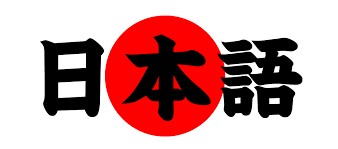The Japanese writing system is a fascinating blend of characters and scripts with diverse origins. Hiragana, katakana, and kanji are three key components of this system, each with its own distinct historical development. In this blog post, we will delve into the contrasting origins of hiragana, katakana, and kanji, tracing their evolution and highlighting their unique contributions to the Japanese writing system.
1. Kanji: Ancient Characters from China
Kanji, which translates to “Chinese characters,” originated in China over two thousand years ago. They were introduced to Japan during the 5th century CE and played a significant role in shaping the Japanese writing system. Kanji characters represent meanings and concepts rather than sounds and are logographic in nature. They provide a rich source of vocabulary and are often used to convey complex ideas, nouns, verbs, and adjectives.
2. Hiragana: Simplified Cursive Writing
Hiragana has its roots in the cursive style of writing called “sōsho,” which emerged during the Heian period (794-1185). Developed by Japanese women of the court, it was originally a simplified and faster way of writing kanji. Over time, certain cursive forms evolved into the distinct hiragana characters we know today. Hiragana is primarily used for native Japanese words, verb conjugations, particles, and grammatical elements. It has a more rounded and flowing appearance compared to kanji and katakana.
3. Katakana: Adaptation of Kanji Characters
Katakana developed as a simplified and modified version of kanji characters. It emerged during the 9th century, primarily used by Buddhist monks to transcribe and annotate religious texts. Over time, katakana evolved into a script specifically used for writing foreign words, borrowed words, onomatopoeic expressions, and specialized terminology. Katakana characters have a more angular and structured appearance compared to hiragana.
4. Influence of Buddhism and Modernization
The introduction of Buddhism to Japan during the 6th century significantly impacted the development of the writing system. Buddhist monks played a crucial role in transmitting kanji characters and their knowledge to Japan. This influence can be seen in the adoption and adaptation of kanji characters for native Japanese words, which gave rise to hiragana and katakana.
In the modern era, with the rapid Westernization and modernization of Japan, the usage of katakana expanded to include foreign loanwords and scientific terminology. Hiragana and katakana continue to be widely used alongside kanji in modern Japanese writing.
Conclusion
The historical development of hiragana, katakana, and kanji showcases the dynamic nature of the Japanese writing system. Kanji, with its origins in China, forms the foundation of the system and represents complex concepts. Hiragana, born out of simplified cursive writing, is used for native Japanese words and grammatical elements. Katakana, derived from kanji characters, serves to represent foreign and borrowed words. Understanding the contrasting origins of these scripts provides valuable insights into the richness and complexity of the Japanese writing system.
